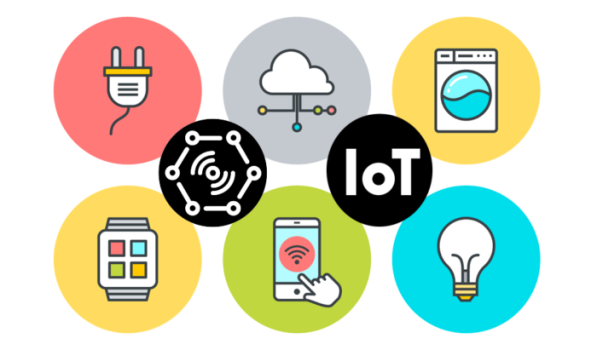K
Kathleen Martin
Guest
A crime occurs, police go to access video of the scene and then discover that crucial views are not available due to an outage or malfunction. This is precisely what the NYPD encountered in the recent subway shooting in New York City this past April when multiple surveillance cameras and video feeds failed at subway stations where the shooter was active. Should this be happening in 2022?
Unfortunately, outages of surveillance video are more common than you might think. There are many incidents that happen every year where having a working physical security system could have helped catch the perpetrators early.
But in many cities and enterprises there is a startling gap in maintenance of expensive security technology installed to protect the public. Equally surprising: this public safety problem is eminently fixable. In case after case, manual audits, planned periodic manual checks, and reliance on a variety of third parties simply don’t lead to accurate diagnostics or maintenance taking place.
The NYC case is not unique; it’s just the most recent high-profile example. The maintenance disconnect is seen in security systems nationwide. Investment in physical security for governments, transport systems, cities, hospitals, and many venues can reach millions of dollars per year. But what good is it to buy the equipment without organizing maintenance to be effective – to actually happen? This massive industry problem is, by extension, also a public safety and law enforcement issue.
Physical Security Doesn’t Get the Maintenance It Needs
It’s striking that hundreds – perhaps thousands – of cases of physical security system failure happen each year and remain in the shadows. What happened with the New York’s subway surveillance is most notable for one reason: it made news because it may have impeded identification of a terror suspect.
Cyber criminals routinely attempt to compromise IoT devices like networked cameras as entry points to attack IT networks. That’s just one reason cybersecurity must extend to connected devices used for physical security. But modern physical security infrastructure needs additional 24/7 automated protection and cyber management – beyond blocking hackers – to maintain 99% uptime and fulfill its physical security function.
In Atlanta, the most-surveilled U.S. city (49 cameras per 1,000 inhabitants), a 2021 murder in a park went unrecorded because nine cameras were down. Atlanta tries to have each of its 25,000-odd cameras checked twice a week, but is hampered by having different maintenance agreements with various providers and camera vendors for different makes. To its credit, Atlanta managed to drive down its not-working ratio down from 18% to 10%, but that is still twice its stated target.
Continue reading: https://threatpost.com/physical-security-maintenance/180269/
Unfortunately, outages of surveillance video are more common than you might think. There are many incidents that happen every year where having a working physical security system could have helped catch the perpetrators early.
But in many cities and enterprises there is a startling gap in maintenance of expensive security technology installed to protect the public. Equally surprising: this public safety problem is eminently fixable. In case after case, manual audits, planned periodic manual checks, and reliance on a variety of third parties simply don’t lead to accurate diagnostics or maintenance taking place.
The NYC case is not unique; it’s just the most recent high-profile example. The maintenance disconnect is seen in security systems nationwide. Investment in physical security for governments, transport systems, cities, hospitals, and many venues can reach millions of dollars per year. But what good is it to buy the equipment without organizing maintenance to be effective – to actually happen? This massive industry problem is, by extension, also a public safety and law enforcement issue.
Physical Security Doesn’t Get the Maintenance It Needs
It’s striking that hundreds – perhaps thousands – of cases of physical security system failure happen each year and remain in the shadows. What happened with the New York’s subway surveillance is most notable for one reason: it made news because it may have impeded identification of a terror suspect.
Cyber criminals routinely attempt to compromise IoT devices like networked cameras as entry points to attack IT networks. That’s just one reason cybersecurity must extend to connected devices used for physical security. But modern physical security infrastructure needs additional 24/7 automated protection and cyber management – beyond blocking hackers – to maintain 99% uptime and fulfill its physical security function.
In Atlanta, the most-surveilled U.S. city (49 cameras per 1,000 inhabitants), a 2021 murder in a park went unrecorded because nine cameras were down. Atlanta tries to have each of its 25,000-odd cameras checked twice a week, but is hampered by having different maintenance agreements with various providers and camera vendors for different makes. To its credit, Atlanta managed to drive down its not-working ratio down from 18% to 10%, but that is still twice its stated target.
Continue reading: https://threatpost.com/physical-security-maintenance/180269/

